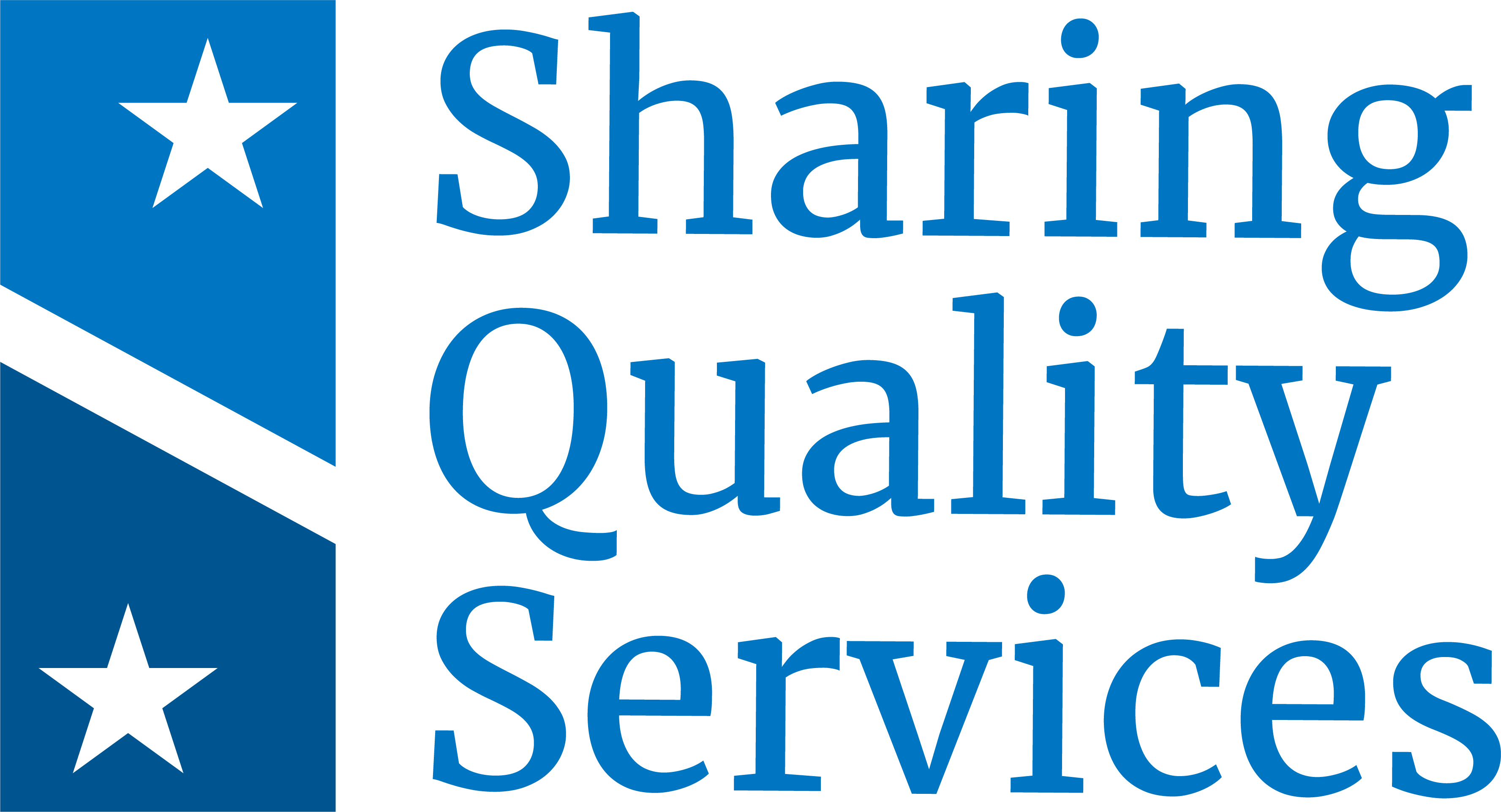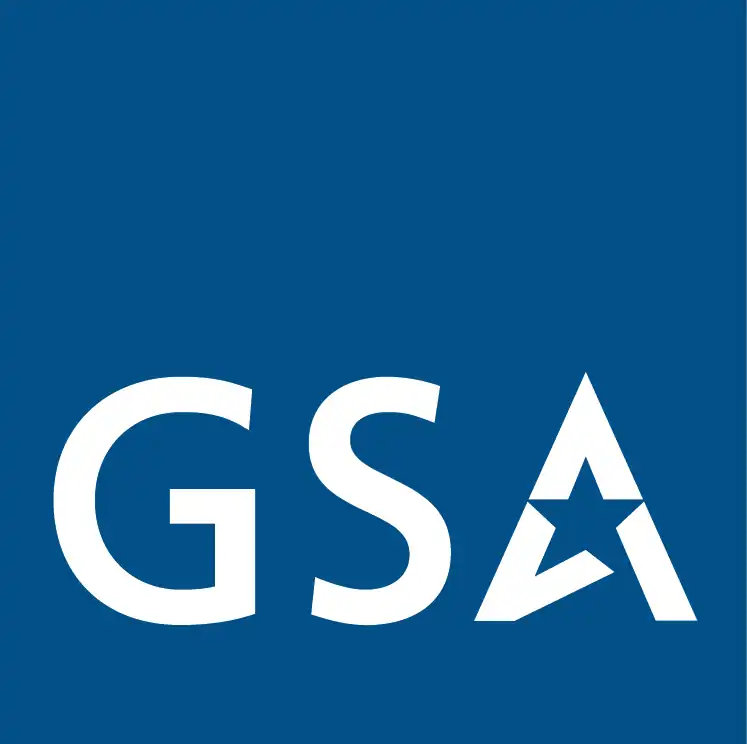Why Is Performance Management Important?
Performance management is a crucial function of any government program, whether its big or small, public-facing or internal. For a program to continuously improve, its performance must be tracked. Establishing outcome-based Performance Management initiatives means setting agreed upon goals that programs work toward. Aligning performance management of the services agencies buy and use to the same ways that agencies themselves are measured is a core tenet of an effective framework and provides the following benefits:
Vision
Creates shared vision of what success looks like for program and customer
Success Stories
Quantify the success a program achieves year over year
Accountability
Keep people accountable and roles clear
Gap Identification
Identify areas of improvement for a program
Data
Give programs the ability to make effective decisions based on data
Performance Management should be used to identify what’s working and not working within a program. It’s NOT intended to penalize those programs whose performance is below what was expected.
Performance Management Benefits for Customer Agencies and the Shared Services Ecosystem
Establishing a formal Performance Management framework is key to ensuring shared services solutions are delivering meaningful impacts across government. What doesn’t get measured doesn’t get managed. The long-term benefits of Performance Management tracking for shared services solutions are included below:
Identify strengths and areas for improvement within the shared services ecosystem
Measure the progress of the shared services programs to identify where they are succeeding and where they need extra support.
Understanding the Voice of the Customer
Understand the needs of customer agencies and provide ongoing feedback to QSMOs and service providers.
Enable Benchmarking
Enables benchmarking across the marketplace and an ability to share lessons learned across the shared services ecosystem.
Develop Baselines
Baselines customers level of satisfaction with both QSMOs as marketplace brokers and also with providers of services to agencies.
Tiered Performance Management Framework: Enterprise View
Many of these measures have already been implemented by the Quality Service Management Offices (QSMOs).
The Tiered Shared Services Performance Management Framework – Enterprise View was designed to illustrate the relationship between each major stakeholder group responsible for monitoring and improving performance across the shared services ecosystem. Key to this framework is obtaining buy-in from each tier and maintaining ongoing communication to ensure strategic and performance alignment, ongoing performance reporting, and identification of performance improvement opportunities. As shown on the right side of the graphic below, the governance structure for tracking performance of the shared services ecosystem is designed to always keep the customer agency in mind.
Customer Agency Performance
The Performance Management Framework is designed to demonstrate the positive impact and improved performance that customer agencies across government receive through service adoption and implementation.
These benefits include but are not limited to:
- Improved service delivery and performance
- Increased customer satisfaction
- Ability to focus on high value work
- Reduced administrative burden
- Alignment to Administration priorities
 Download Framework
Download Framework Balanced Scorecard Approach Summary
The framework follows a phased, balanced scorecard approach to shared services performance management. Using input provided by customer agencies, QSMOs, and OMB, the OSSPI team has identified measures across the following five performance dimensions. Each dimension contains multiple measures, which will be operationalized in a phased manner. Using this balanced scorecard approach empowers our team to holistically track the performance of the solutions in the shared services ecosystem, which enables success for shared services customers.
Customer
Dimension
Click to View
Customer
Dimension
Helps assess how the QSMOs are perceived by their customer base – customer measures include:
- Customer Engagement (Phase 1)
- Customer Satisfaction (Phase 2)
- Solution Adoption (Phase 3)
View Back
Standards Adoption Dimension
Click to View
Standards Adoption Dimension
Helps assess the operational efficiency and appropriate use of standards by QSMOs, service providers, and customer agencies - standards adoption measures include:
- Standards Incorporation (Phase 3)
- System Standardization (Phase 3)
- Modernization and Migration Management (M3) Playbook Utilization (Phase 1)
View Back
IT Modernization Dimension
Click to View
IT Modernization
Dimension
Helps assess the degree to which services advance IT Modernization principles in solution design an delivery - IT modernization measures include:
- Usability / Accessibility (Phase 2)
- Cybersecurity (Phase 2)
- Data Interfaces / Customization (Phase 3)
- IT Contract Consolidation (Phase 3)
- Technology Management / Software Delivery (Phase 3)
- System Resiliency (Phase 3)
View Back
Financial
Dimension
Click to View
Financial
Dimension
Helps assess the financial health of government-wide shared services efforts - financial measures include:
- Cost Avoidance (Phase 3)
- Return on Investment (Phase 3)
- Price Transparency (Phase 2)
View Back
Marketplace Operation Dimension
Click to View
Marketplace Operation Dimension
Helps assess the performance of service and solution marketplaces - marketplace measures include:
- Service Quality and Timeliness (Phase 3)
- Technological Innovation (Phase 2)
View Back
Phase 1
Measures
developed in
FY22
Phase 2
Measures
developed in
FY23
Phase 3
Measures
developed in
FY25+
Shared Services Performance Measures
Customer Engagement
Track overall engagement with federal agencies – track customer agency participation in sponsored events, including information sessions, workshops, or office hours etc.
Phase 1
FY22
Customer Satisfaction
Track customer agency satisfaction with strategic guidance provided by both QSMO as the marketplace broker and service providers – including quality of support and access to quality data.
Phase 2
FY23
Solution Adoption
Track the percentage (%) of customer agencies whose needs are met through the successful adoption of a marketplace solution.
Phase 3
FY25+
Cost Avoidance
Measure the estimated cost avoidance ($) achieved by customer agencies through the adoption of marketplace solutions.
Phase 3
FY25+
Return on Investment (ROI)
Measure the estimated Return on Investment ($) achieved by customer agencies through adoption of marketplace solutions.
Phase 3
FY25+
Price Transparency
Track the percentage (%) of customers who report that they understand the pricing elements related to the total cost of ownership.
Phase 2
FY23
Service Quality and Timeliness
Track the percentage (%) of providers and marketplace solutions meeting Service Level Agreements (SLAs) or achieving satisfactory CPARS results.
Phase 3
FY25+
Technological Innovation
Track the percentage (%) of customers who feel that marketplace solutions are technologically innovative and state-of-the art.
Phase 2
FY23
Standards Incorporation
Track the percentage (%) of agency-issued solicitations for marketplace solutions which adhere to the FIBF business standards.
Phase 3
FY25+
System Standardization
Track the number of government-wide separate or outdated instances of systems in designated functional areas.
Phase 3
FY25+
Modernization and Migration Management (M3) Playbook Utilization
Track the number of federal agencies who have reported using the M3 playbook in some capacity.
Phase 1
FY22
Usability / Accessibility
Track the percentage (%) of marketplace solutions that are rated 508 compliant (at the WCAG 2.0 Level AA Success Criteria where applicable).
Phase 2
FY23
Cybersecurity
Track the percentage (%) of marketplace cloud solutions that are FedRAMP authorized, FedRAMP in process, FedRAMP ready, or have acquired agency Authorization to Operate (ATO)
Phase 2
FY23
Data Interfaces / Customization
Track adoption of data standards through marketplace solution adherence to a common set of data definitions and interfaces.
Phase 3
FY25+
IT Contract Consolidation
Track the total ($) spend consolidation from open market acquisitions to designated government-wide contract vehicles and solicitations.
Phase 3
FY25+
Technology Management / Software Delivery
Measure cost/labor hours associated with major IT enhancements and upgrades avoided by customer agencies through adoption of a marketplace solution.
Phase 3
FY25+
System Resiliency
Track the percentage (%) of QSMO marketplace solutions that are meeting their system availability targets, not including planned and authorized service interruptions.
Phase 3
FY25+
The Performance Management Framework is a multi-phase effort to improve the application of performance driven principles in agency decision-making. To engage with us in this effort and be kept up to date on the progress underway, contact us at OSSPI.SharedServices@gsa.gov.



